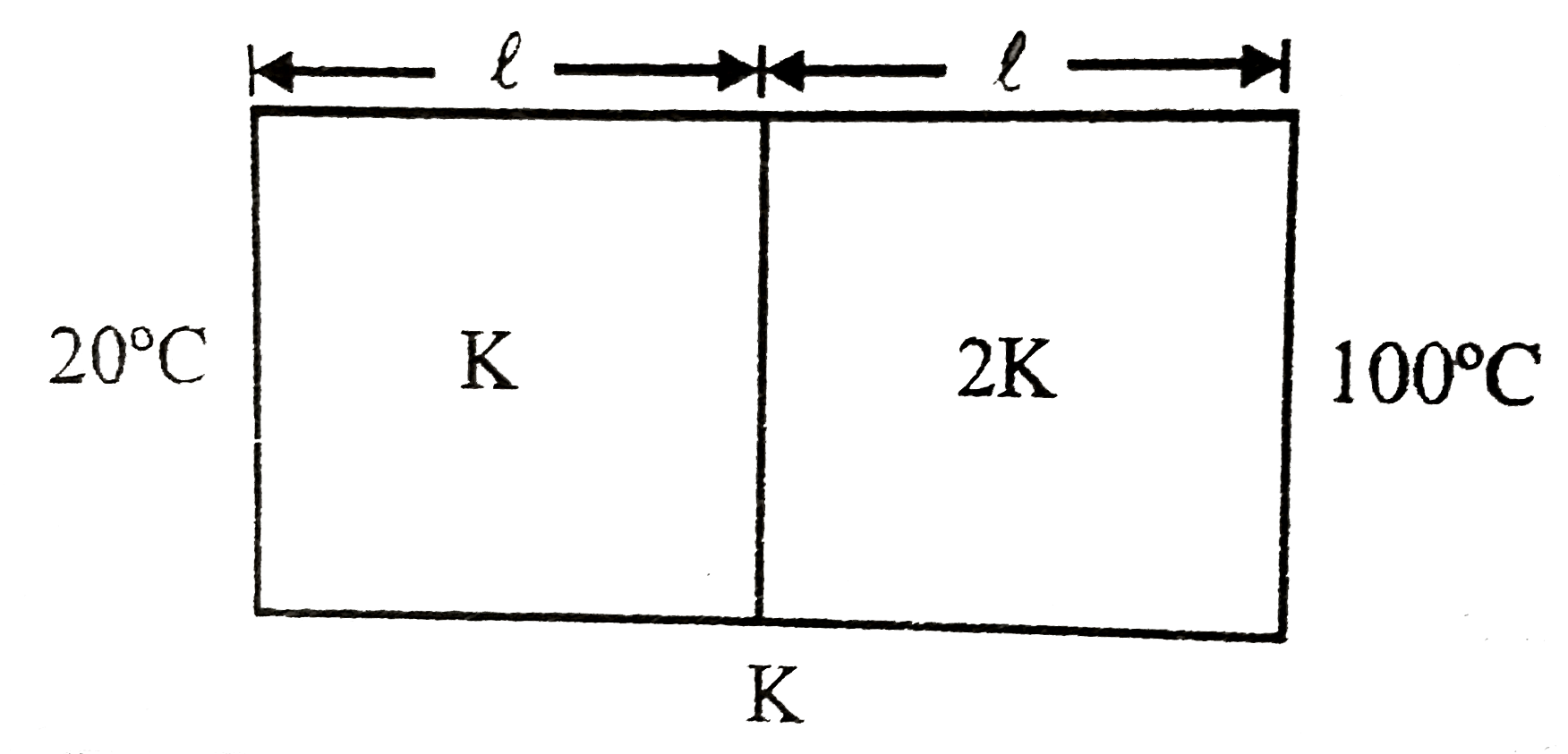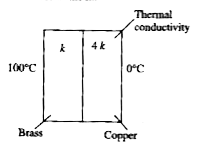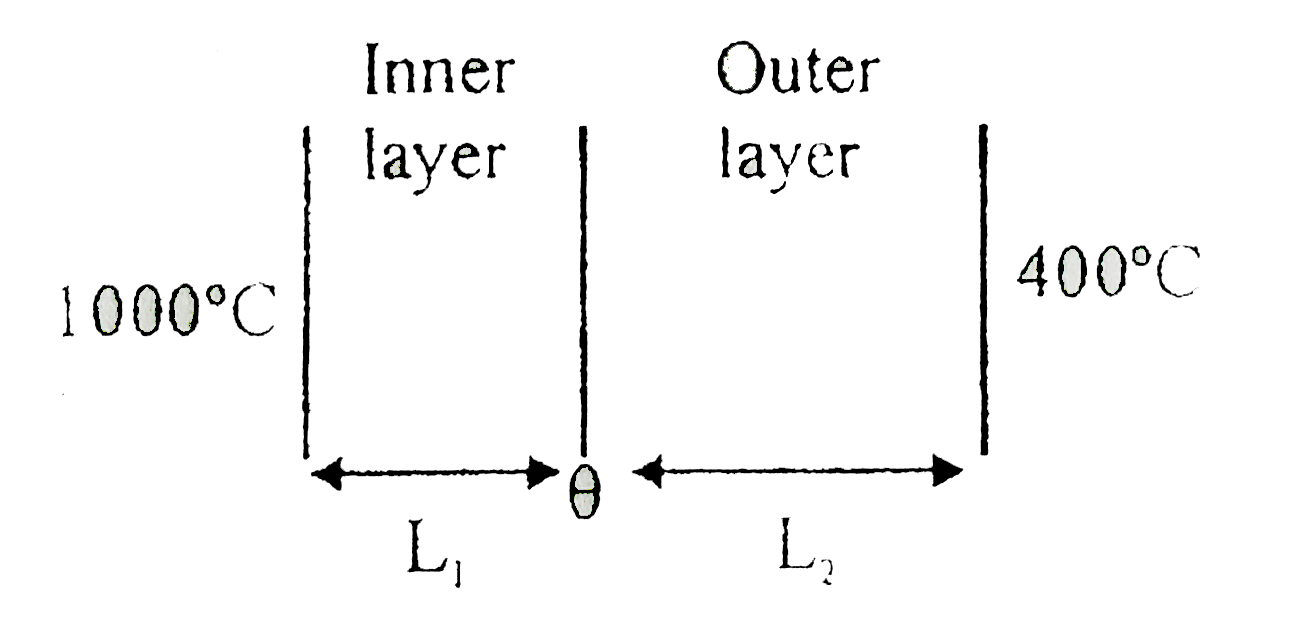In question number 7, the temperature of other interfaces (in .∘C) is
26.5,0.5
27.5,1
28.5,2
29.5,3
The correct Answer is:A
T1=27−Ht1K1A1=27−0.52=26.48∘C=26.5∘C
and T2=0+Ht1K1A1=0.52∘C
Topper's Solved these Questions
- THERMAL PROPERTIES OF MATTERBOOK - NCERT FINGERTIPSCHAPTER - THERMAL PROPERTIES OF MATTEREXERCISE - NCERT Exemplar
8 Videos
- THERMAL PROPERTIES OF MATTERBOOK - NCERT FINGERTIPSCHAPTER - THERMAL PROPERTIES OF MATTEREXERCISE - Assertion And Reason
10 Videos
- THERMAL PROPERTIES OF MATTERBOOK - NCERT FINGERTIPSCHAPTER - THERMAL PROPERTIES OF MATTEREXERCISE - Newton'S Law Of Cooling
3 Videos
- SYSTEM OF PARTICLES AND ROTATIONAL MOTIONSBOOK - NCERT FINGERTIPSCHAPTER - SYSTEM OF PARTICLES AND ROTATIONAL MOTIONSEXERCISE - Assertion And Reason
15 Videos
- THERMODYNAMICSBOOK - NCERT FINGERTIPSCHAPTER - THERMODYNAMICSEXERCISE - Assertion And Reason
15 Videos
Similar Questions
A double-pane window consists of two glass sheets each of area 1m2 and thickness 0.01m separated by a 0.05m thick stagnant air space. In the steady state, the room glass interface and the glass outdoor interface are at constant temperature of 27∘C and 0∘C, respectively.
(a) Calculate the rate of heat flow through the window pane.
(b) Find the temperatures of other interfaces.
[Take: thermal conductivities as Kglass=0.8Wm−1K−1 and Kair=0.08Wm−1K−1]
View SolutionA body colls in 7 minutes fro 60∘C to 40∘C. What will be its temperature after the next 7 minutes? The temperature of the surroundings is 10∘C.
View Solution
Knowledge Check
The temperature of the interface between layer 2and3 is:
A11∘CB8∘CC7.2∘CD5.4∘CTwo rods are connected as shown. The rods are of same length and same cross sectional area. In steady state, the temperature (θ) of the interface will be -
 A60∘CB73.3∘CC46.7∘CD37.3∘C
A60∘CB73.3∘CC46.7∘CD37.3∘CIn the previous question will be its temperature 5 min after reaching 40∘C?
A35∘CB100(3)∘CC32∘CD30∘C
A body colls in 7 minutes fro 60∘C to 40∘C. What will be its temperature after the next 7 minutes? The temperature of the surroundings is 10∘C.
View SolutionIn the question number 7, the rate of change of potential difference between the plates is
View SolutionIn the question number 7, the rate of change of potential difference between the plates is
View SolutionThe slab shown in the figure consists of two parallel layers of cooper anb brass of same thickness and having thermal conductivites in the ratio 4:1. IF the free face of the brass is at 100∘C and that of copper is at 0∘C, then the temperature of the interface will be

View SolutionThe temperature drop through a two layer furnace wall is 600∘C. Each layer is of equal area of cross section. Which of the following actions will result in lowering the temperature θ of the interface ?

View Solution
